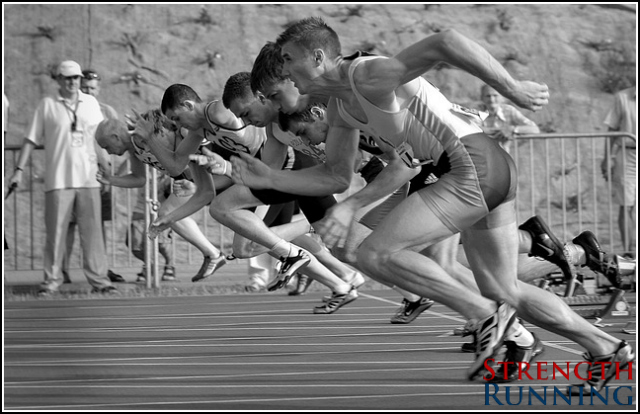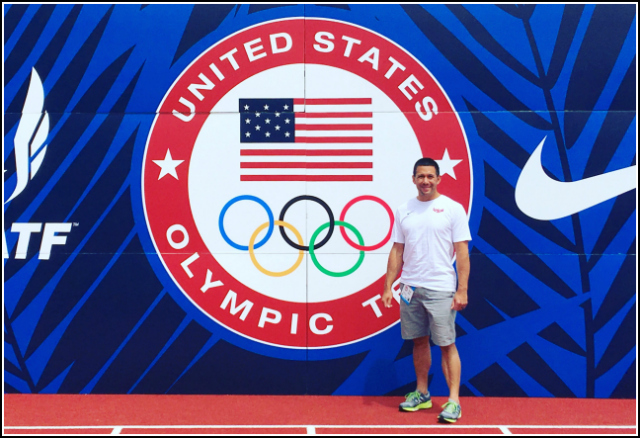The more complex a movement, the more skill is needed to perform it well. Sprinting is one of those complex movements.

There’s no doubt that running as fast as you can – an all-out sprint – requires a high level of technical skill.
Moving well at high speeds requires athleticism, coordination, and proprioception. And you don’t learn these skills without a lot of practice.
Sprinting can be made easier by including a host of other drills and exercises into your training program:
- Warm-up exercises (especially those that include skipping)
- Running drills
- Lifting weights in the gym
Most runners should include these elements in their training. But that’s not enough.
There’s no better way of improving your top-end speed (the fastest you’re capable of running) than by actually sprinting at 100% effort.
But you might be wondering if it’s even necessary. What if you’re training for a half marathon? Or a marathon? Is it really necessary to sprint at maximal velocity?
My thinking on this topic has changed slightly over the last several years. Now, I think a small amount of sprint training is beneficial for every runner (no matter your training age, ability, or goal race).
There’s several reasons why sprinting is so valuable:
- It improves mechanics (running form) so you run more economically
- It increases power – making slower paces feel significantly easier
- It improves neuromuscular fitness and the communication pathways between your brain and muscles
So far, I’ve only really discussed sprinting at maximum speed through the use of steep hill sprints. These are a great session to include in your training (particularly if you’re prone to injuries).
But I want to go deeper into the benefits, specific workouts, and other methods of speed development.
So I invited a special guest to join us today on the podcast.
Mike Young on Speed Development, Strength, and Sprinting

Dr. Mike Young is the Director of Research and Performance at North Carolina-based Athletic Lab. A Lead Instructor for both USA Track & Field and USA Weightlifting, he also works with elite athletes and has consulted with the MLS, MLB, NFL, PGA, and NHL.
He has degrees in exercise physiology, coaching science, and biomechanics – not to mention his prowess publishing multiple peer-reviewed journal articles.
You might have also watched his Tedx talk:
Mike has coached seven national champions in Track & Field and at four Division I NCAA programs.
He’s on the Strength Running Podcast today to talk about how distance runners can benefit from speed development – from specific workouts to other ways of getting faster (it’s not all sprint work).
You can listen to the podcast on iTunes or on Stitcher if you have an Android device.
Links & Resources:
- Athletic Lab
- Mike on Twitter
- Elitetrack.com
- Stuart McMillan (sprint coach)
- USATF Coaching Education
- How to lift for speed (and what not to do)
This episode was more in-depth on the science and practical application of speed development – or as Mike likes to say, “running insanely fast.” I sincerely hope you enjoyed it.
The strength training component of our conversation is now addressed in a lot more detail in our free strength ecourse.
You’ll learn:
- The specific lifts that most benefit runners
- The proper way to warm up before a lifting session
- Appropriate lifting progressions to go from weak to Hulk
- How to perform more complex movements, like Olympic lifts
Make sure you sign up here to get your first coaching lesson!